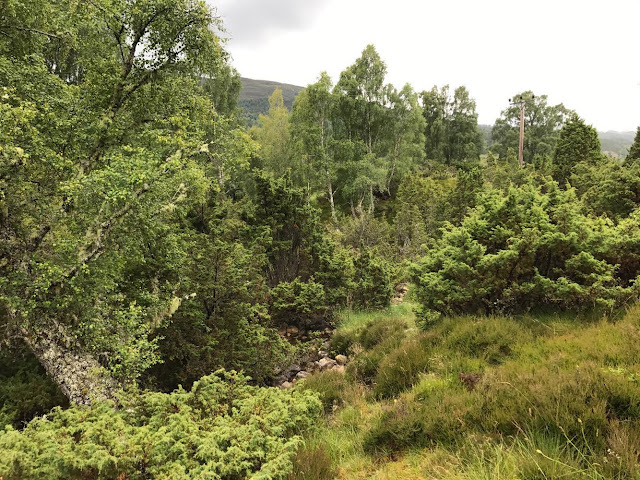Abandoned City Ecology: A Future Study
The deserted village
had so sunk into the natural landscape of the coast that I did not see it until
I was upon it.
-Annihilation by Jeff VanderMeer
Overgrown
and echoing with the ghosts of a thousand past conversations and daily routines.
You enter a room; what was this one used for? What objects have been left
behind? Why have they been left behind? Why have the people left at all? It
doesn’t matter now; the city does not belong to them anymore. Unhindered, plants
grow out of dirt that has collected in cracks, fed by the undisturbed leaves of
trees and organic matter of all manner of dead things, plant or animal.
Predators hunt prey, and plants fiercely compete for space, sunlight and
nutrients.
I am of course describing the
abandoned city of Pripyat here… or Great Zimbabwe… or Machu Pichu… or Dwaraka. Former
Hives, collections of human nests. The idea is common in popular imagination,
seen in all manner of form; a war, zombie apocalypse, storm, modern ice age,
alien invasion, or disease, render a city empty. An interesting one that
springs to mind is the planet-city of Trantor in Isaac Asimov’s Foundation series. Due to the ebb and
flow of power over hundreds of years, the once teeming planet-wide city of
Trantor morphs from capital of a galaxy-wide Empire to a sparsely-populated
world where farmers tear up the old city metal to sell off-planet and get to
the topsoil.
These
places exist in reality. Famously, the Ukrainian city of Pripyat was evacuated
due to lethal radiation emanating from the melt down of the nearby Chernobyl
nuclear power plant. The images of modern buildings and crumbling Soviet décor
have captured minds everywhere, inspiring games, films and books of all genres.
People flock to the city for tours, inspiring a tourist economy surrounding the
ghost town. Not lost on visiting eyes to Pripyat has been the colonisation of
the city by the nearby wilderness, which has also been dramatically effected by
radiation, such as the forest immediately surrounding the power plant now
dubbed the ‘red forest’ because of the colour of pine trees that died after
absorbing the highest dose of radiation All manner of animals including wild
boar have begun to make Pripyat part of their territories.
Over the
course of human history, plenty of cities have been abandoned with little to
suggest why. Either the signs of disaster striking have been eaten away by the
invasion of nature, or the city was abandoned for much more banal reasons. I
believe that what we could learn from abandoned cities would benefit future
human society. In the immediate future cities will pass over the brink; already
cities such as Cape Town are struggling for basic resources such as water. Due
to global warming and a declining biosphere, cities will become vulnerable to
food, energy and water shortages, and the effect these will have on patterns of
migration and economic structures will put strain on cities across the globe.
This is why the study of abandoned cities will become not only more common, but
more important in future.
Our fear of
abandoned cities that has been knitted into apocalyptic imaginings is rooted in
the city as a true artifice; it is seen as unconnected to the natural world and
entirely man-made. I hope this ingrained perception will change, and we
understand that cities are, like all parts of the landscape, malleable and
changeable. Like land that gets left fallow, unattended or undiscovered, urban
spaces could become rotational and temporary. Already our perception of
wilderness has been changing as people become aware of the benefits of leaving
nature to its own expert devices; if this can transfer to our perception of
urban environments, we could start seeing abandoned cities as true rewilding;
wilderness occurring in that which was once it’s opposite. Changing our
understanding of morphing urban landscapes will help us determine how to
contain or avoid abandoning cities, while also seeing how already abandoned
spaces could be positive; what benefits do these new abstract and possibly
fertile spaces mean for wild spaces, farming opportunities and other rural
practices? Outside of sustainable interests, starting to gather information now
and ever more on abandoned cities has the possibility of making up for the
information missing from ancient abandoned cities worldwide.
followed up by Abandoned Cities 2: Flaw in the Design




Comments
Post a Comment